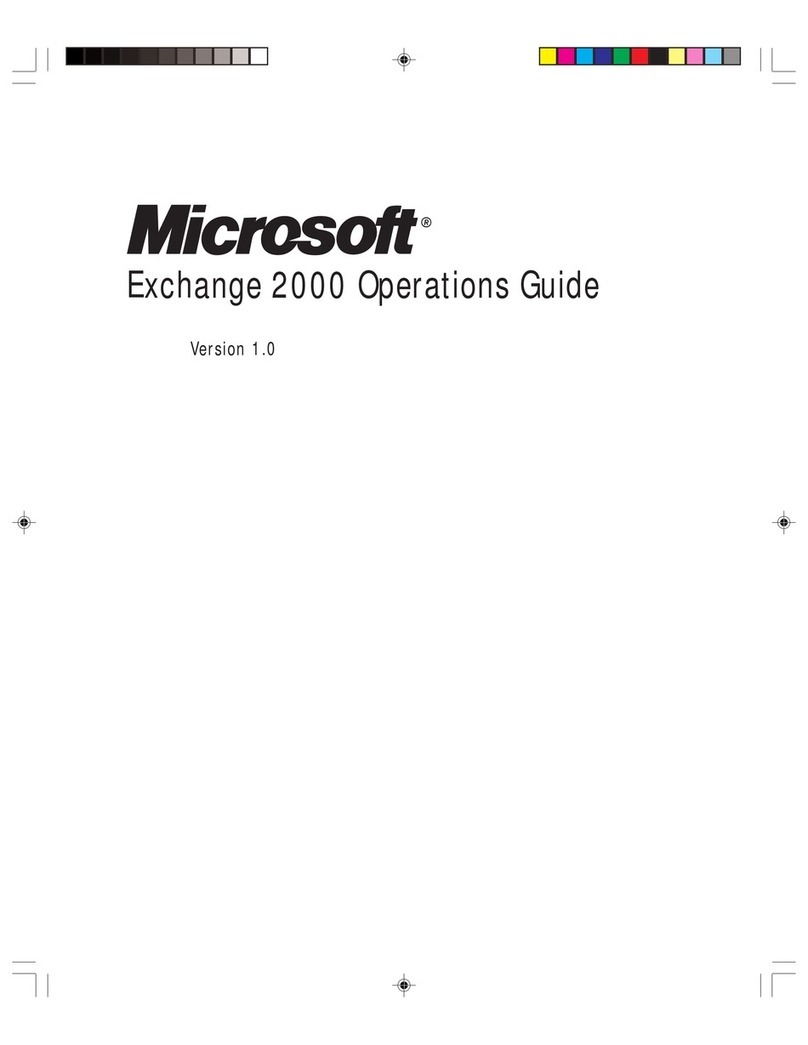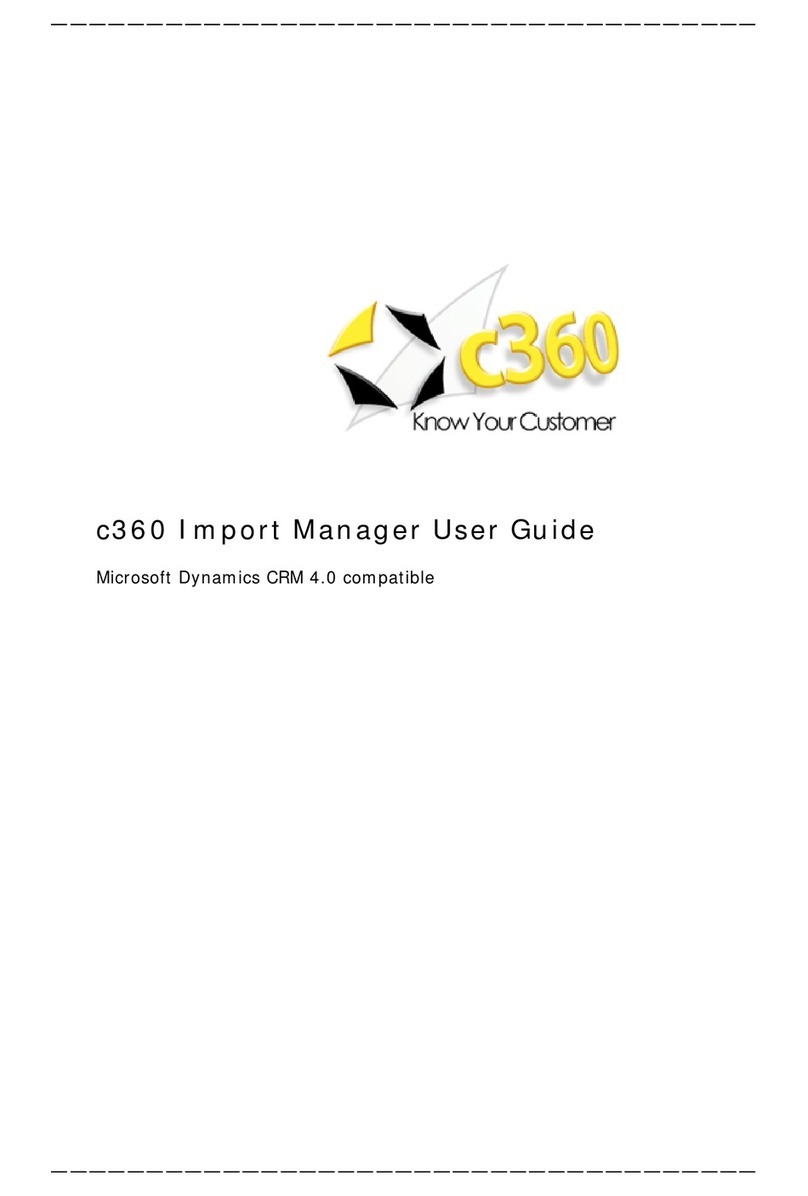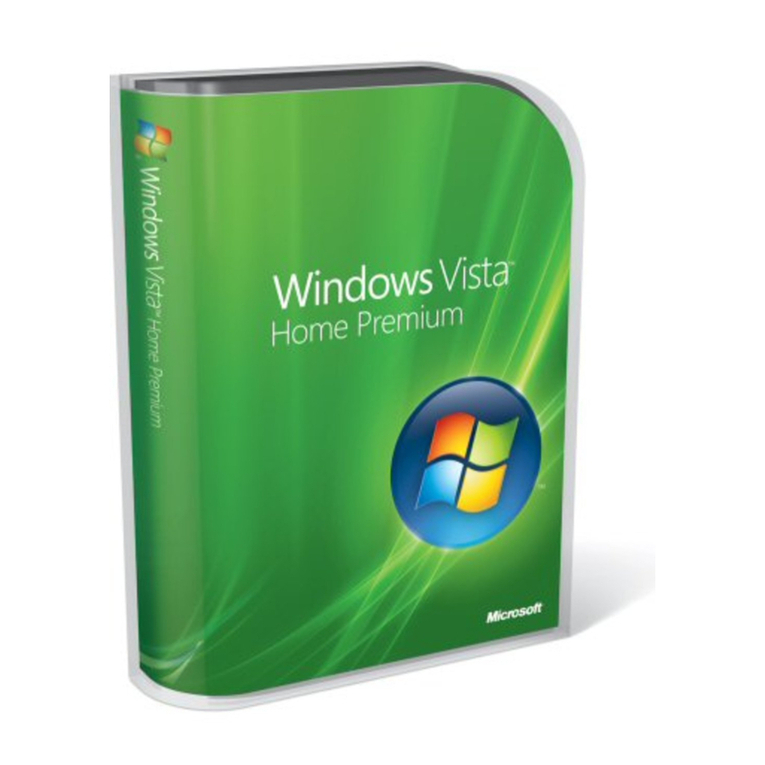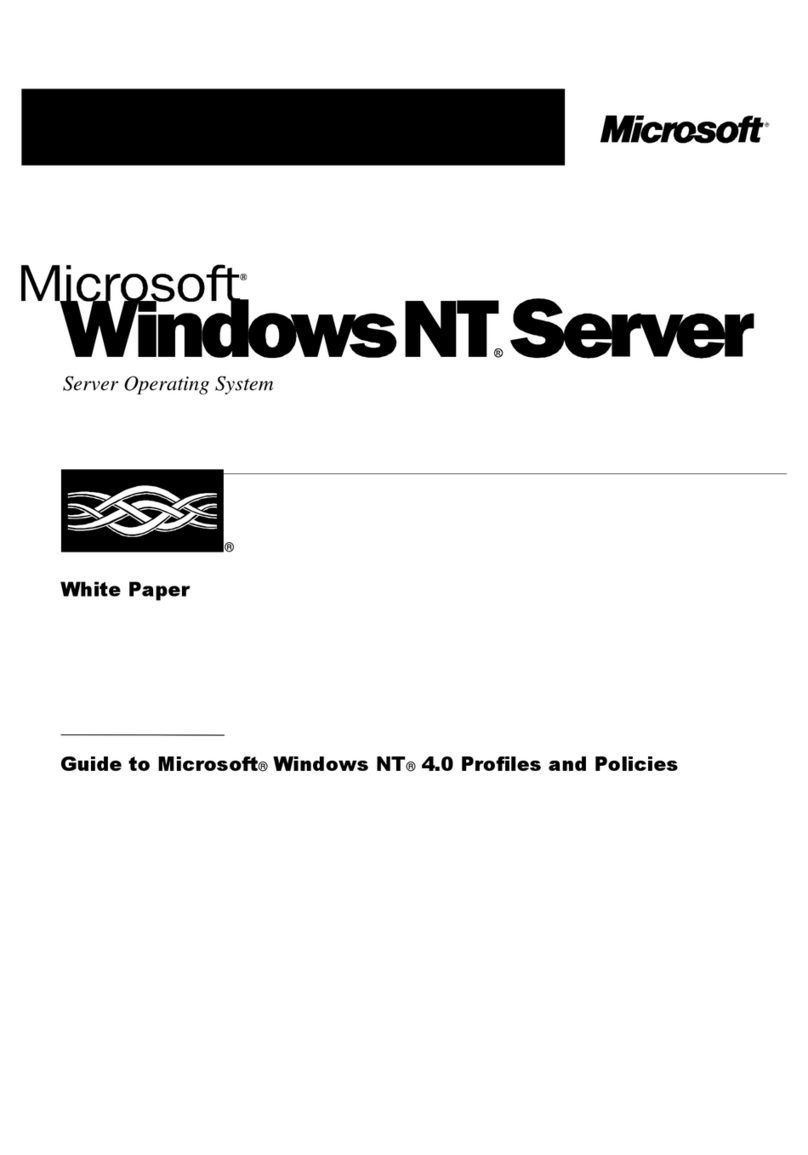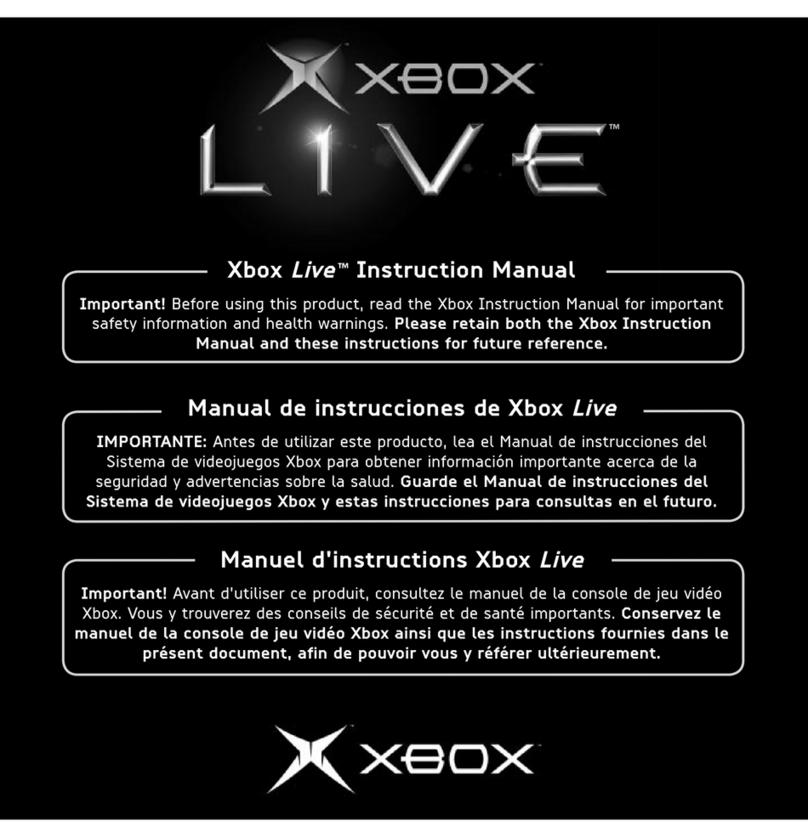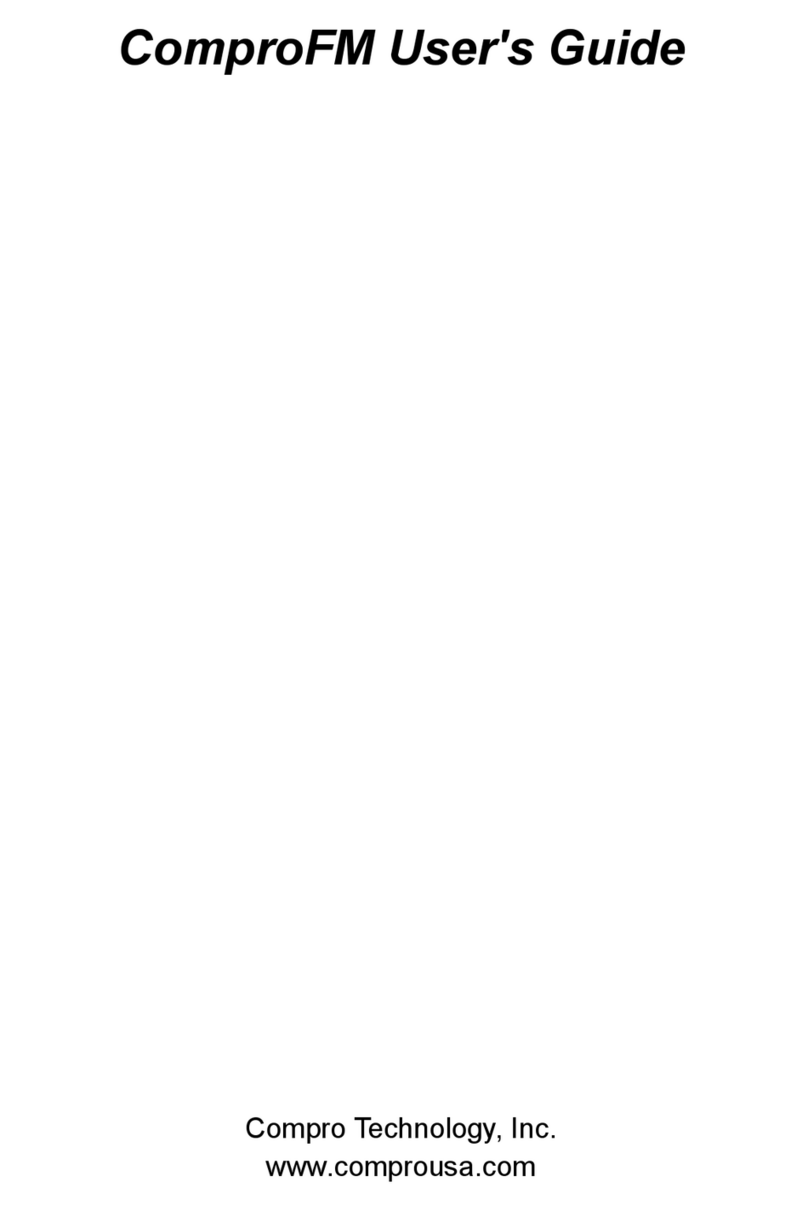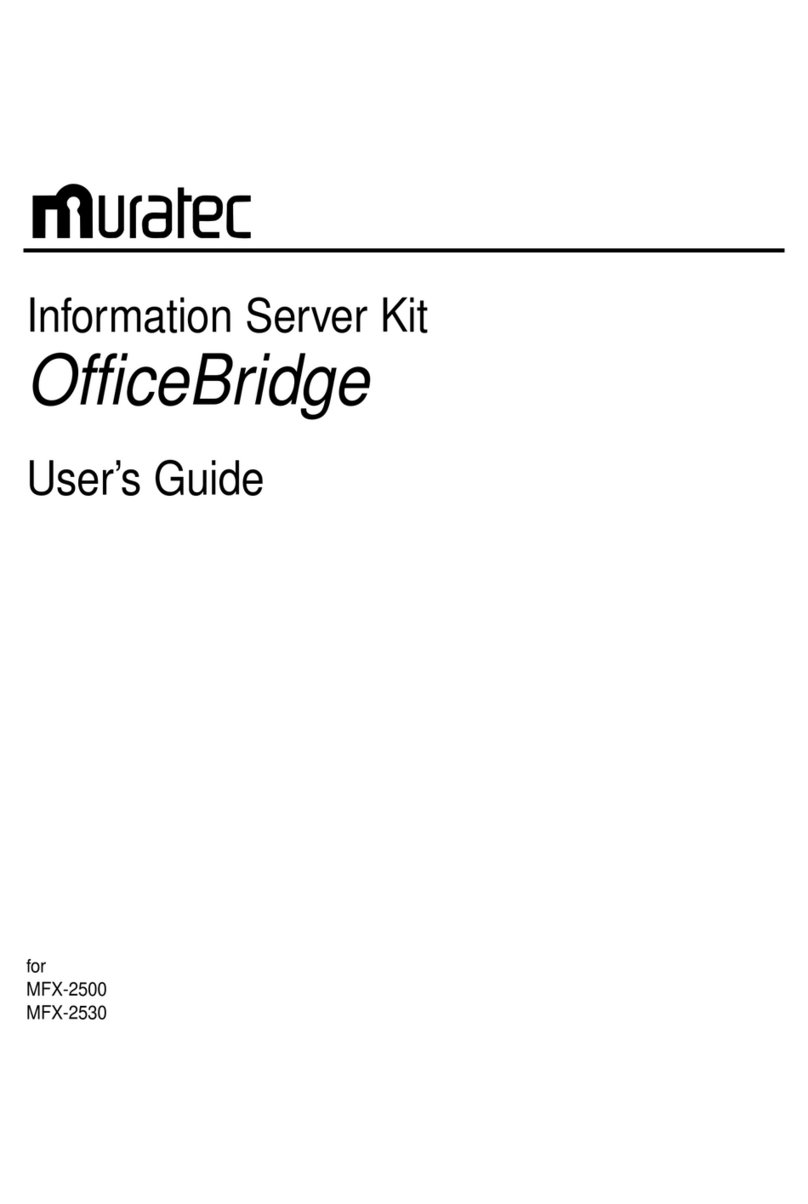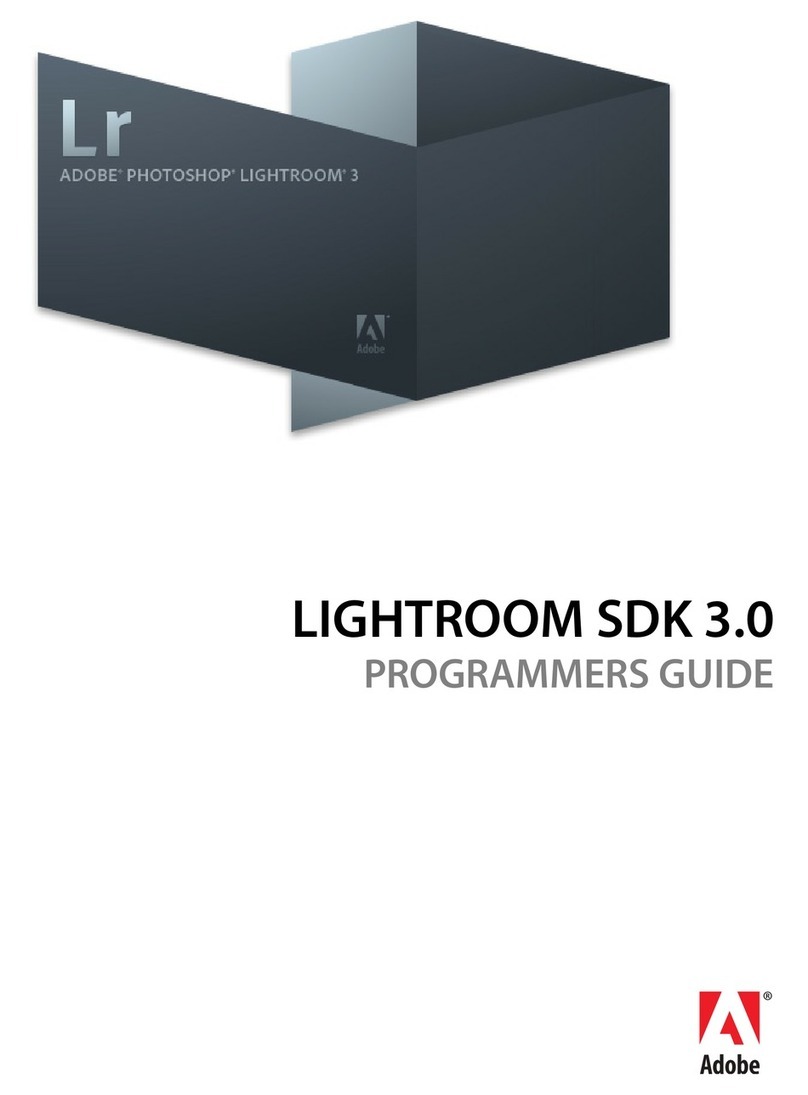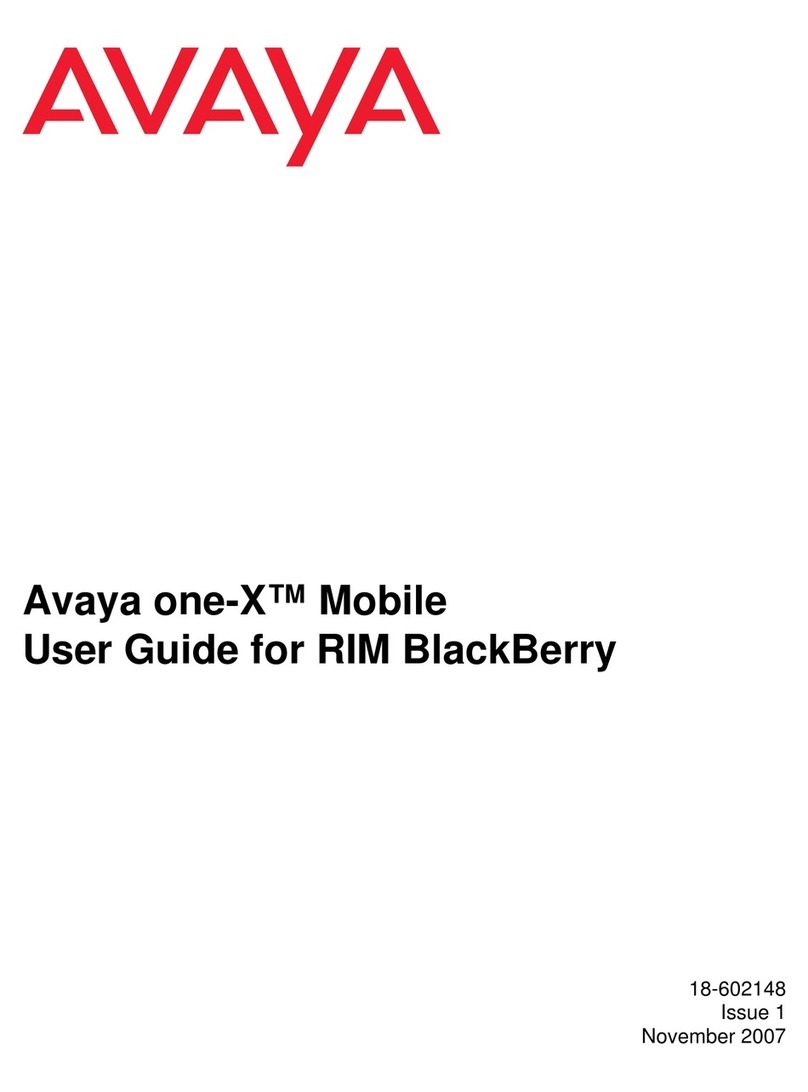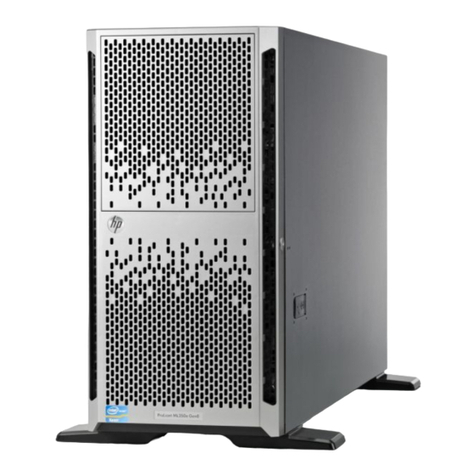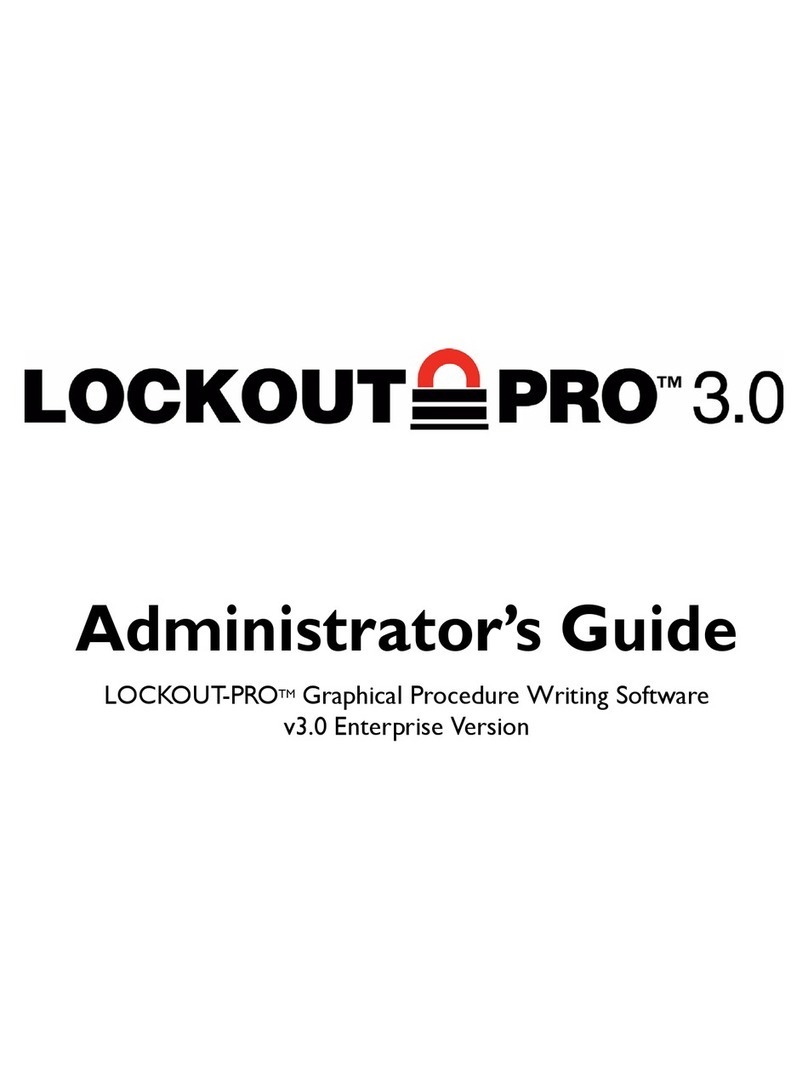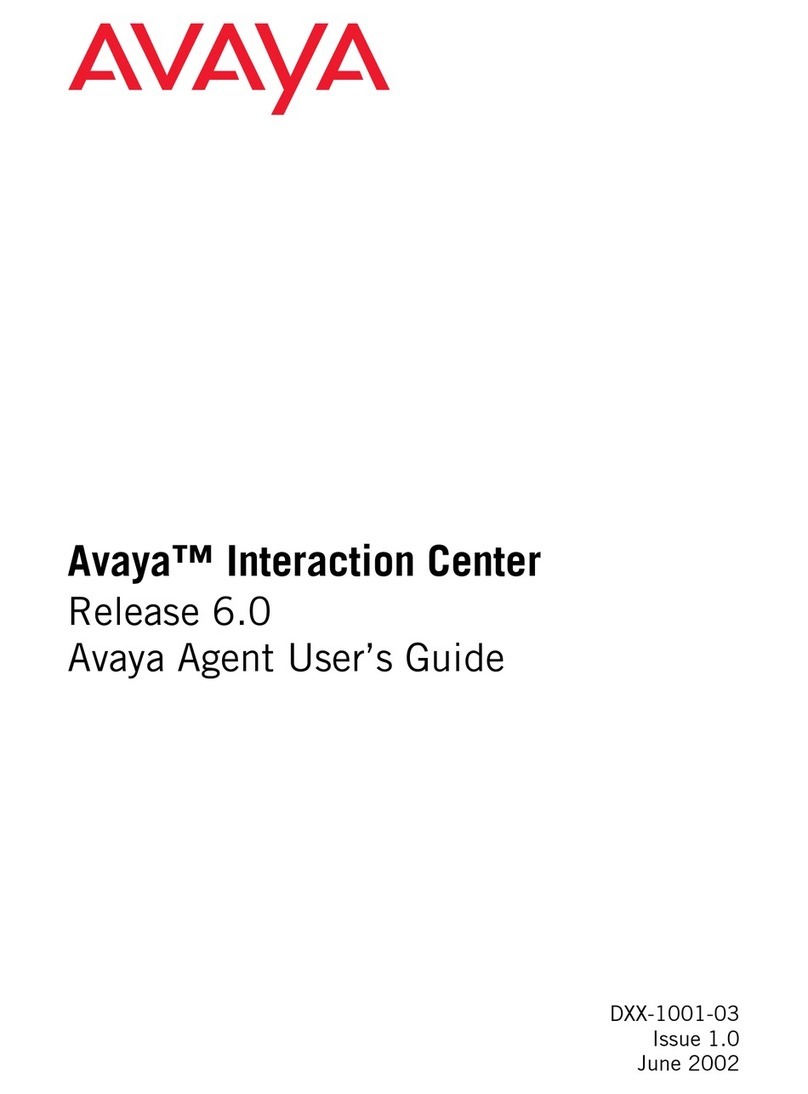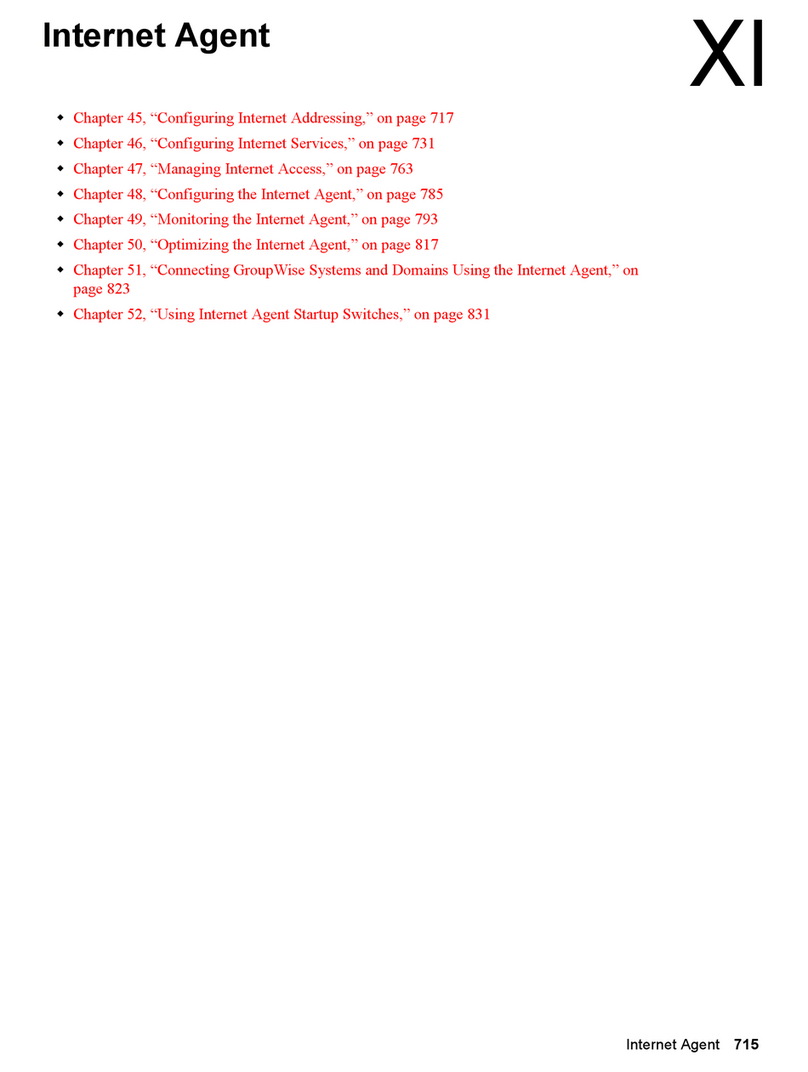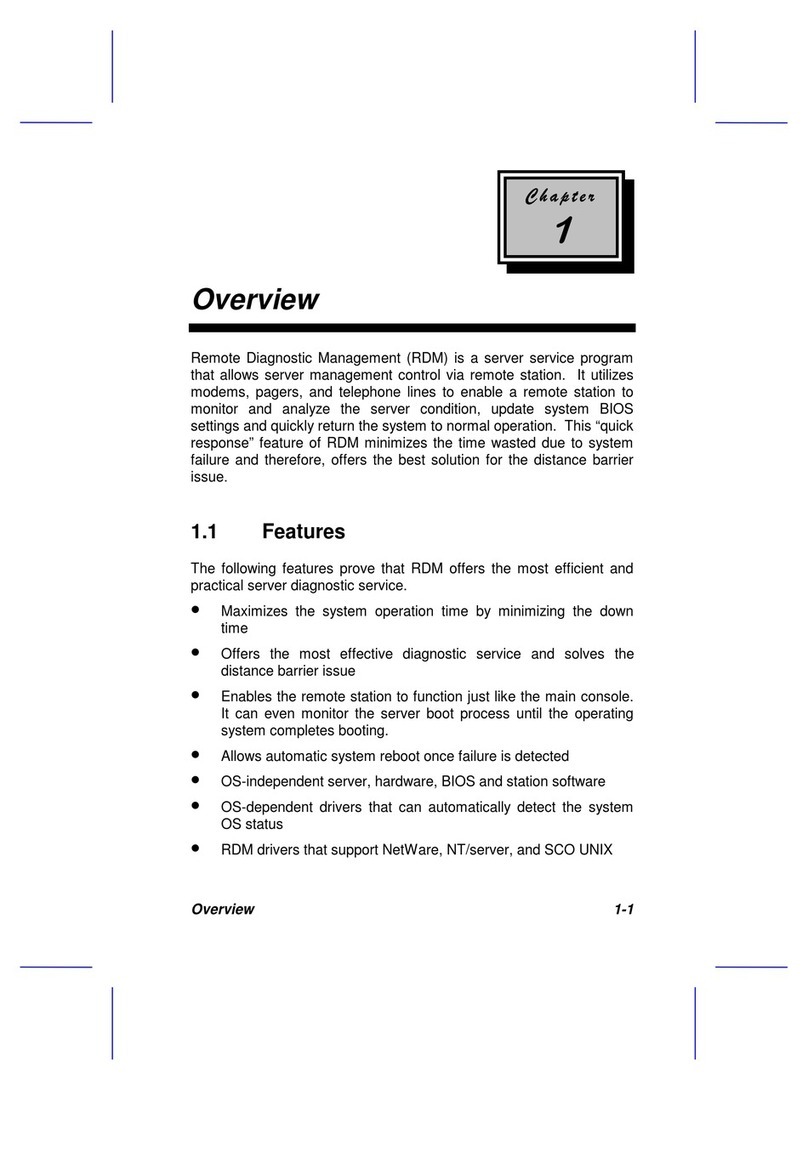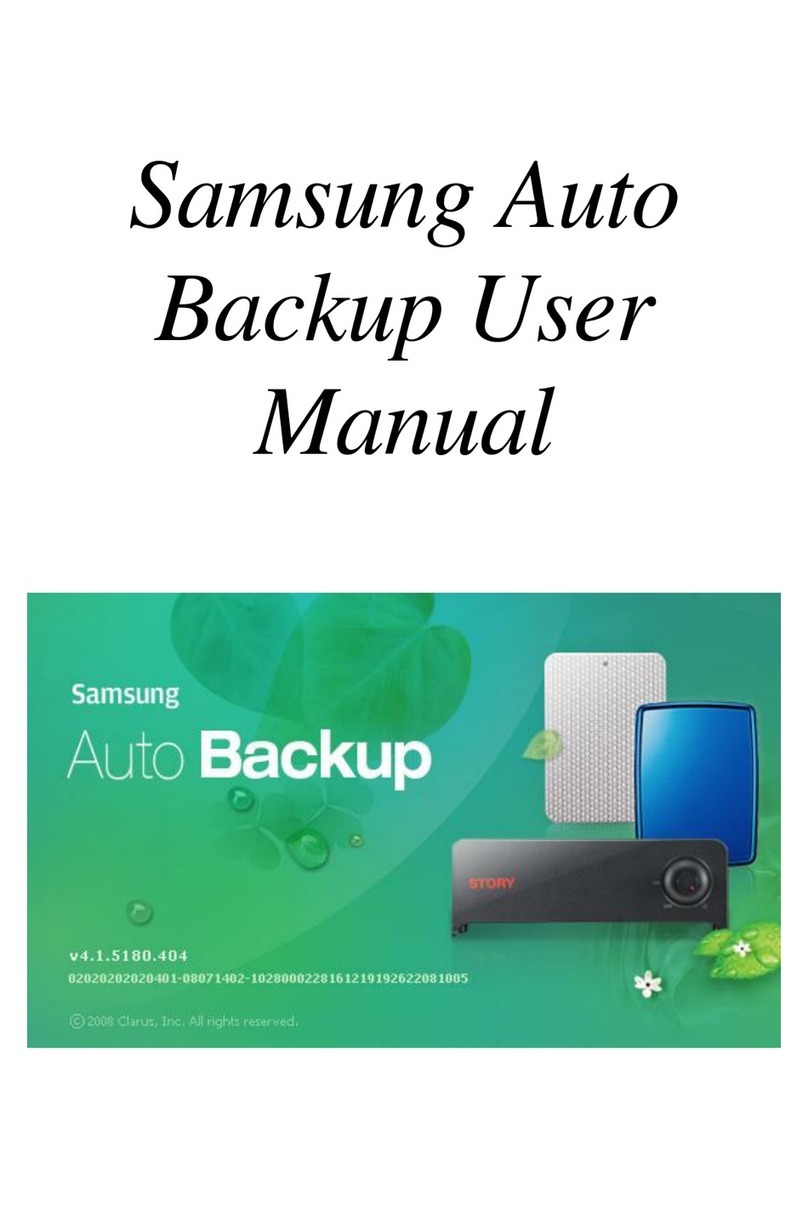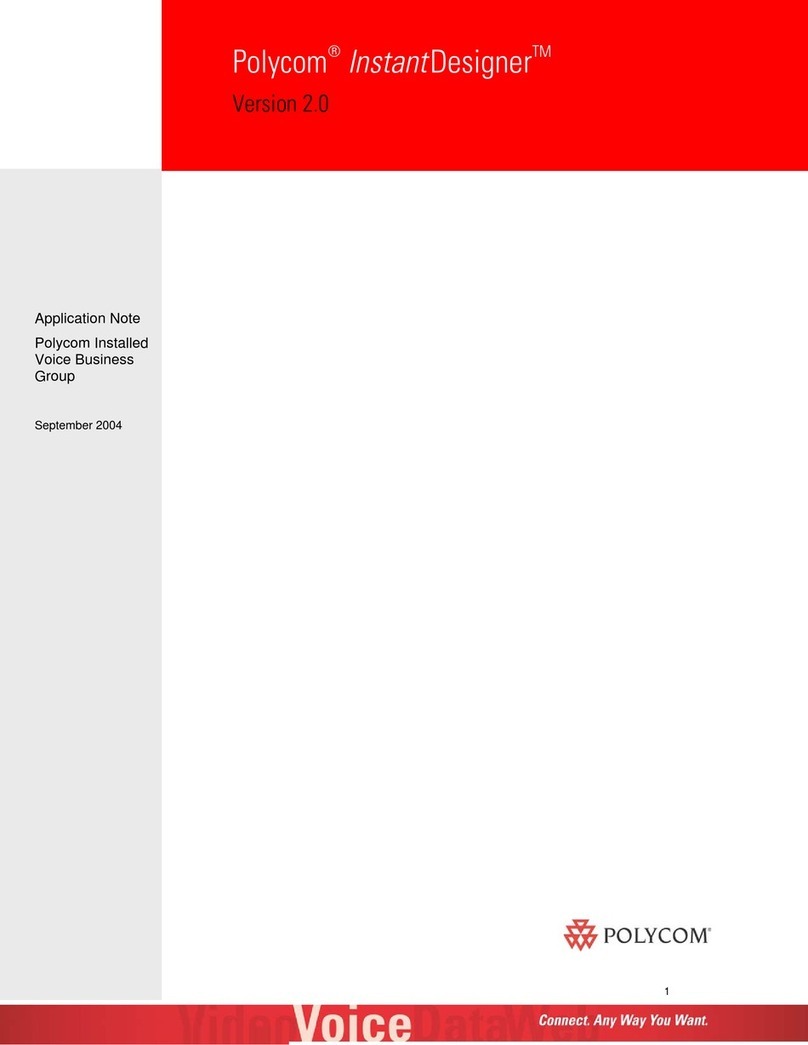Windows 2000 White Paper 3
A Plug and Play system requires the combined interaction of the personal
computer’s BIOS, hardware components, device drivers, and operating system
software. The basic system board implementation and BIOS support required for
Plug and Play support under Windows 2000 are defined in the ACPI specification.
Both Windows 2000 and Windows 98 use this specification as the basis for their
Plug and Play and OnNow architecture.
The ACPI specification defines a new interface between the operating system and
the personal computer’s Plug and Play and power management features. The ACPI
methods defined are independent of the actual operating system or CPU. ACPI
specifies a register-level interface to core Plug and Play and power management
functions and defines a descriptive interface for additional hardware features. This
gives system designers the ability to implement a range of Plug and Play and power
management features with different hardware designs while using the same
operating-system driver. ACPI also provides a generic system-event mechanism for
Plug and Play and power management.
In addition to the ACPI specification, other hardware support is defined in industry
standards, such as
Universal Serial Bus, Version 1.0
,
PCI Local Bus Specification,
Revision 2.1
, or PCMCIA standards, and in the Plug and Play specifications. (See
the References section at the end of this paper for locations of all specifications.)
6\VWHP6XSSRUWIRU3OXJDQG3OD\
Windows 2000 provides the following support for Plug and Play:
•Automatic and dynamic recognition of installed hardware. This includes
initial system installation, recognition of Plug and Play hardware changes that
occur between system boots, and response to run-time hardware events, such
as dock or undock and device insertion or removal.
•Hardware resource allocation (and reallocation). Drivers for Plug and Play
devices do not assign their own resources. Instead, the required resources for
a device are identified when the device is enumerated by the operating system.
The Plug and Play Manager retrieves the requirements for each device during
resource allocation. Based on the resource requests that each device makes,
the Plug and Play Manager assigns the appropriate hardware resources, such
as I/O ports, IRQs, DMA channels, and memory locations. The Plug and Play
Manager reconfigures resource assignments when needed, such as when a
device is added to the system, and requests resources that are already in use.
•Loading of appropriate drivers. The Plug and Play Manager determines
which drivers are required to support a particular device and loads those
drivers.
•An interface for driver interaction with the Plug and Play system. The
interface consists primarily of I/O routines, Plug and Play I/O request packets
(IRPs), required driver entry points, and information in the registry.
•Interaction with power management. One of the key features of both Plug
and Play and power management is dynamic handling of events. The addition
3/8*$1'3/$<
29(59,(:

